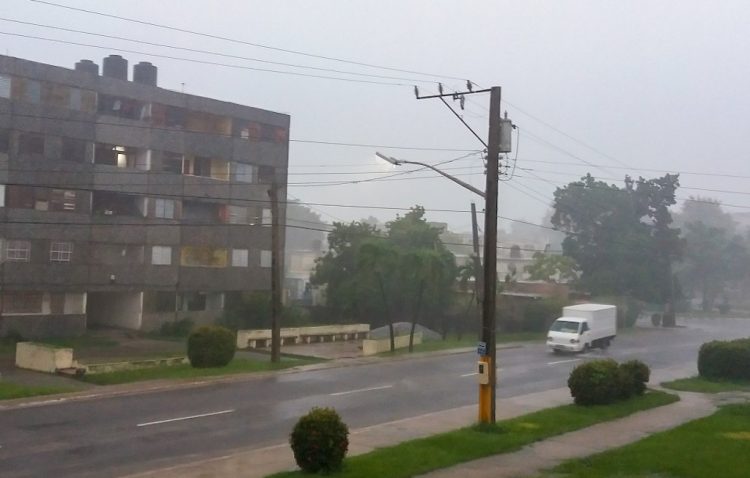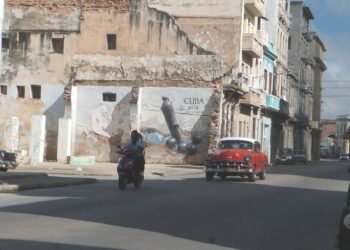Hurricane Delta caused minimal damage in western Cuba, therefore the Civil Defense general staff decided to decree the recovery phase for the special municipality of the Isla de la Juventud Special this Wednesday, and the return to normality in the provinces of Pinar del Río and Artemisa.
An informative note from the Civil Defense published in the official newspaper Granma affirms that due to its evolution and trajectory, Delta no longer represents a danger to the western Cuban region and asks the people of the aforementioned territories to “comply with the protection measures established in the Plan for the Prevention and Control of the New Coronavirus and the guidelines of the local authorities” during the recovery actions.
#HuracánDelta Dejó de ser un peligro para Cuba. A las 11:00horas pasaron a la normalidad las provincias de Pinar del Río y Artemisa y a Fase Recuperativa el Municipio Especial Isla de la Juventud
— Defensa Civil Cuba (@CubaCivil) October 7, 2020
Up to now, damages have only been reported in agriculture―specifically in plantations and seeds ready to face the winter season, which are still being quantified, according to the Agencia Cubana de Noticias news agency―and in circuits of the electrical system in Isla de la Juventud, where moderate gusts of wind and torrential rains were recorded, according to the local radio station Radio Caribe.
The municipal authorities explained that most of the 14 reservoirs in the territory had been pouring since before Delta’s passage, which is why they called for close monitoring of water runoff caused by rainfall.
According to the Cuban Institute of Meteorology (INSMET), the Isla de la Juventud recorded the highest total of rainfall in the last 24 hours, with 91 millimeters in Nueva Gerona, 69 millimeters in La Fe and 62 in Punta del Este.
The cloudy skies and rainfall associated with the outer bands that accompany the hurricane have already decreased over the western region of Cuba, the cyclone warning indicated.
With maximum sustained winds of 175 kilometers per hour, Delta penetrated the Yucatan Peninsula as a category two hurricane on the Saffir Simpson scale.
More than 26,000 people evacuated in western Cuba during passage of Hurricane Delta
The storm slightly weakened when moving over land, so its maximum winds dropped to 165 kilometers per hour and its minimum pressure increased to 975 hectoPascal.
At noon its center was estimated at 21.5 degrees North latitude and 88.2 degrees West longitude, a position that placed it about 115 kilometers west southwest of Cape Catoche and about 165 kilometers east of Mérida, Yucatán.
The hurricane continues to move northwest at a rate of 28 kilometers per hour and is expected to gain intensity again in the Gulf of Mexico.










